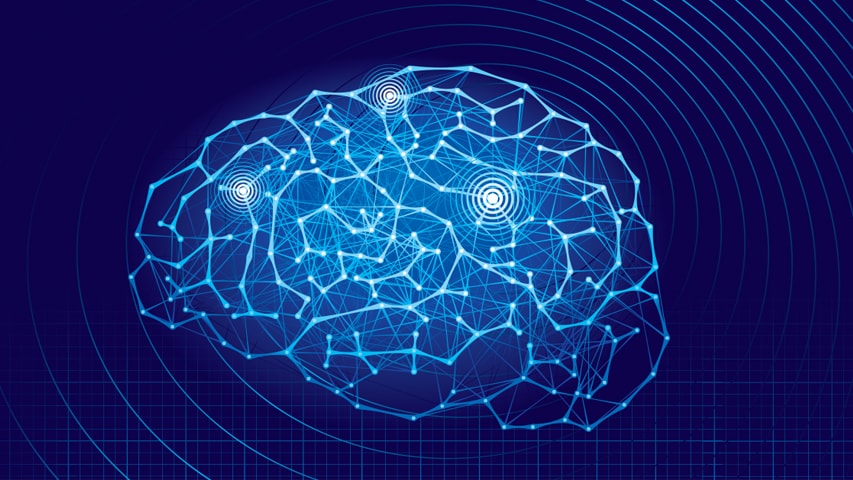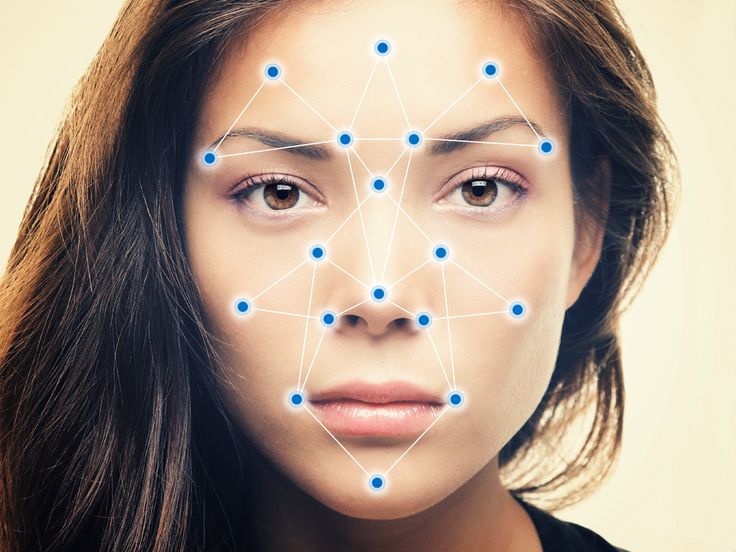There is a theory that suggests human thoughts and functionality result from a basic algorithm N=2^i–1. Artificial neural network operate similarly to the brain, thus applying this formula might as well be the key to true intelligence, making this a huge break for Artificial Intelligence (AI).
Given that the human brain is the most sophisticated organ, the AI model is inspired by the brain. The Frontiers in Systems Neuroscience Journal recently published a study linking human intelligence as a product of a basic algorithm.
According to Joe Tsien, neuroscientist research author at Augusta University, Georgia; “relatively simple mathematical logic underlies our complex brain computations;” found in the Theory of Connectivity. Tsien first proposed the Theory of Connectivity in October 2015.
The Theory of Connectivity suggests that knowledge acquisition, ability to generalize as well as conclude from these generalizations, is a result of billions of neurons assembling and aligning. Tsien amended that there is evidence that the brain is able to operate on a pretty simple mathematical logic.
Post the Theory of Connectivity, there is the brain’s formula. Basically, clusters of similar neurons form a complexity of cliques to collectively handle information or basic ideas. These groups come together into functional connectivity motifs (FCM). FCM deals with every possible combination of ideas. With complex situations, more cliques get involved.
Tsien and team investigated and documented the algorithm functionality in 7 different brain regions. Each selected region was responsible for basic functions such as fear of mice, and liking food. The results indicated how many cliques correspond to a certain FCM, a power-or-two-based permutation logic (N=2i–1).
Four food types (rice, milk, rodent biscuits and pellets) were given to animals in the study. The scientists connected electrodes to specific brain areas and heard the neuron’s responses. As a result, all 15 individual combinations of neurons and cliques that responded to the assorted food were identified, as predicted by the Theory of Connectivity.
Since AI neural networks already match the brain’s structural wing, it is possible for the (N=2i–1) algorithm to be applied.
More News To Read
- Problems With Nuclear Membrane Could play a part in Heart Disease, Leukemia, and Progeria
- Toyota Create Breakthrough Long-Range EV Battery
- For Chronic Pain: Heal the Mind, Not the Body
- Uncovering Strange Numbers With the Help of a Feynman Diagram
- The First Tidal Wave Generator of North America Goes Online











